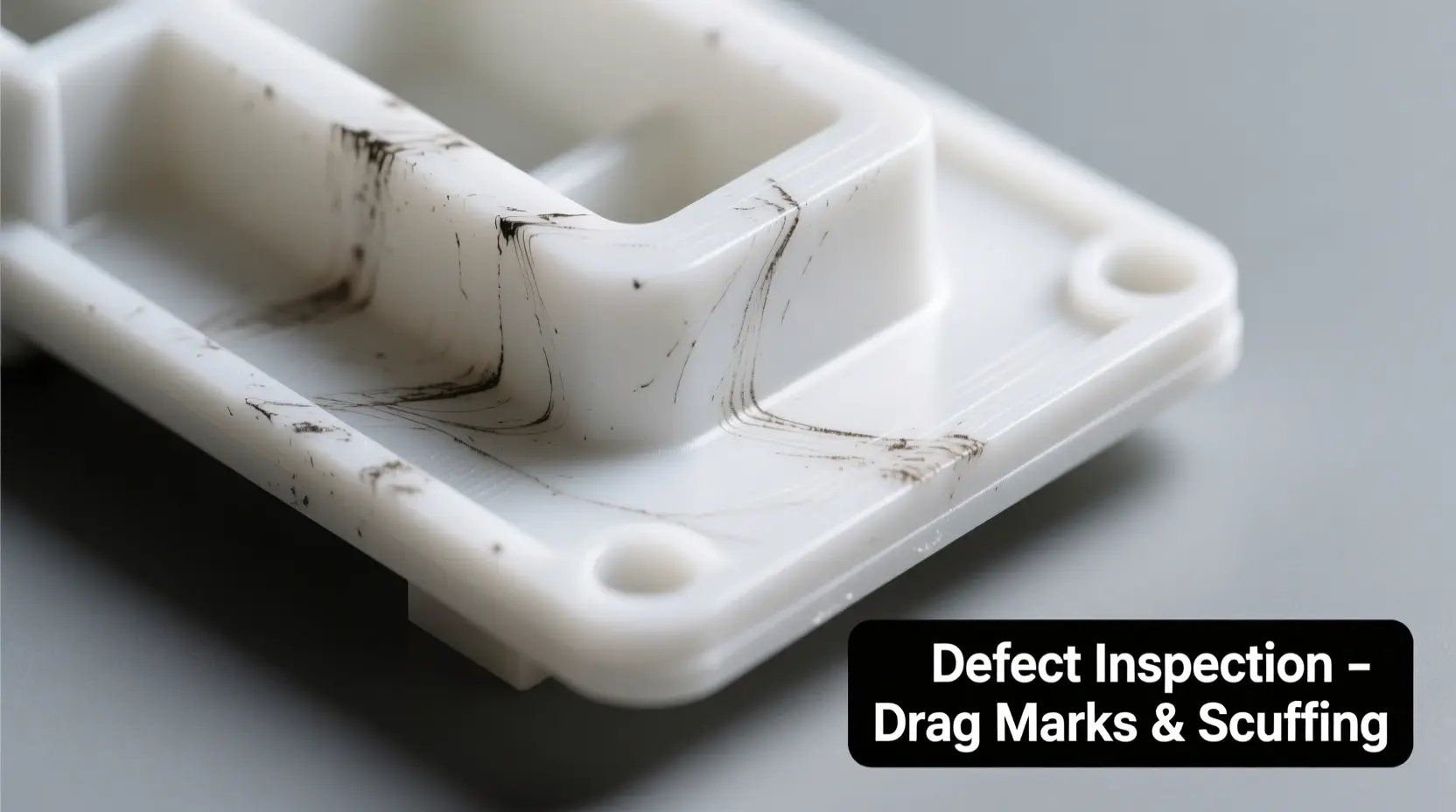
What is Draft Angle and Why is it Critical for Your Part?
Oct 2025
If you take only one design rule away from this series, make it this one: you must apply a draft angle to your parts.
It's a non-negotiable principle of injection molding, and overlooking it is one of the most common—and entirely avoidable—mistakes we see from new designers.
So, what is it? A draft angle, or “draft,” is simply a small taper applied to the vertical walls of your part, parallel to the direction the mold opens. Instead of being perfectly 90 degrees to the parting line, the walls are angled slightly. It might seem like a minor detail, but it's the difference between a part that ejects cleanly and a part that gets ruined.
Why a Perfectly Vertical Wall Fails
Imagine trying to pull a perfectly straight-walled cup out of a block of hardened clay. As you pull, the entire surface of the cup scrapes against the clay, creating immense friction. You might also create a vacuum at the bottom, making it even harder to remove.
The same thing happens inside a steel mold. When your part cools, it shrinks and grips tightly onto the mold's core. Ejecting a part with vertical walls (zero draft) causes two major problems:
1. Drag Marks:
The ejector pins push the part out, but its surfaces scrape along the highly polished steel mold. This can cause long, ugly scratches or scuff marks on your part's finish.
2. Breakage:
The high friction and potential vacuum can mean the ejection force required is greater than the strength of the plastic. The result is that the ejector pins simply punch holes through the part, leaving it stuck in the mold and causing costly downtime.
Draft: The Simple, Elegant Solution
Adding a slight taper solves both problems instantly. Even with just one degree of draft, the moment the part begins to move, its walls separate from the mold surface. This breaks the vacuum and eliminates nearly all friction. The part slides out smoothly and cleanly, cycle after cycle.
As a general rule of thumb:
- Aim for a minimum of 1 to 2 degrees of draft on all walls.
- For textured surfaces (like a matte or pebbled finish), you need more draft—typically an extra 1 degree per 0.001 inch of texture depth. This is to prevent the texture from being scraped off during ejection.
What's Next?
Draft ensures your part can leave the mold. But what ensures it looks good when it does? In our next article, we cover the golden rule for preventing cosmetic defects: The Golden Rule: Why Uniform Wall Thickness is Key to Quality Parts.
Getting your design ready for production can feel complex. Our team in Johor Bahru lives and breathes this process every day. If you want to ensure your design is optimized for manufacturing from the start, reach out to us. We're here to help.
Get Free Quote
Contact us today to learn more about our services and how we can help you with your next project.